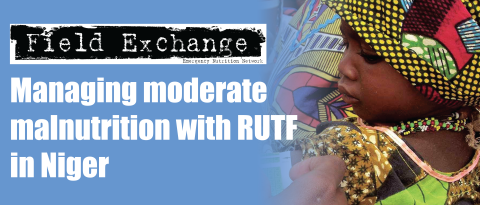Cash-based responses in emergencies
Summary of published research1
A recent study explores the suitability of cash and vouchers in the full range of emergency contexts and finds that such responses are possible, even where states have collapsed, conflict is ongoing and there is no banking system.
The authors of the study describe how recent years have seen a rapid growth in the use of cash-based responses in emergencies, e.g. following the tsunami, in southern Africa as alternatives to food aid, as safety nets in Ethiopia and northern Kenya and in conflictaffected Somalia and Afghanistan.
It is argued that typical questions around cash, presented in terms of its supposed advantages and disadvantages against commodity approaches, are unhelpful. Instead it is best to present issues as open questions, which need to be thought through on a context specific basis.
Key issues in comparing cash and in-kind assistance are as follows;
- Cost effectiveness
- Security risk
- Corruption and diversion risks
- Anti-social use (e.g. buying alcohol)
- Gender considerations (disadvantages to women)
- Choice, flexibility and dignity (can people buy what they want)
- Market impacts (positive or negative)
- Consumption/nutrition (food aid can be fortified but cash may promote food diversity)
- Targeting (will targeting be impaired)
- Skills and capacity (to implement the programme).
A central question around cash transfers is how effectively markets will be able to respond to an injection of cash. Put simply, will people be able to buy what they want at reasonable prices. The key questions to ask about markets are;
- What are people likely to buy?
- How have markets for key goods been affected by the crisis?
- Can people buy what they need in local markets?
- How competitive is the market?
- What is likely to happen to the prices over the course of the project?
- Will the cash transfer cause price increases?
Assessing whether cash can be delivered safely by agencies and spent safely by recipients is one of the keys to determining feasibility. Evidence suggests that ways can be found to deliver and distribute cash safely even in conflict environments, in some situations, cash has been less prone to diversion than in-kind alternatives. The use of banks and other financial institutions potentially reduces the security and corruption risks associated with cash transfer. Where banks do not exist, aid agencies have been able to use a variety of innovative delivery mechanisms, including mobile banking services, sub-contracted security companies and remittance and money transfer companies.
Evidence from monitoring and evaluations overwhelming suggests that people spend cash on the basic items they need to survive and protect their livelihoods and that there is very little evidence of cash being used on what may be labelled 'anti-social' or inappropriate ways. Where cash grants have been provided for particular types of recovery after disasters, such as shelter or business recovery, evidence shows that cash is spent for these intended purposes. Furthermore, there is little evidence that cash is more likely than in-kind assistance to be controlled by men and therefore less likely to be spent on food.
The authors of the study ask why, given the advantages of cash, have agencies remained so resistant to using cash and conclude that the structure of the humanitarian system seems to inhibit it's use. This may partly be as the dominant UN agency (WFP) provides food aid that may, in turn, relate to issues around the tying of food aid to food surpluses in donor countries. There are, however, recent signs of movement. WFP is piloting cash-based responses, and has started to debate whether it could provide cash as an alternative to food aid when appropriate. There is also an issue around the lack of skills and expertise to implement cash programmes, although numbers are expanding as people learn on the job. Manuals and guidelines are also starting to be developed.
The study concludes that cash-based programming will continue to grow, probably at the expense of in-kind mechanisms in some contexts. Furthermore, humanitarian actors need to develop the skills to assess whether cash-based responses are appropriate, and to implement them when they are. Donors will also need to develop the skills and capacity to make informed decisions about whether to fund cash responses. The central role played by national governments in providing cash aid in Pakistan and following the Indian Ocean tsunami suggests that, where governments have the capacity, they are the most appropriate delivery channels. This may imply a reduced role for international aid agencies in some contexts. The growing interest and investment in cash transfers as part of longer-term safety nets within social protection strategies may also lead to a reduced need for the regular provision of large volumes of food aid, particularly in parts of Africa.
An overarching conclusion of the report is that giving people cash to enable them to buy what they needs is a simple concept, and should be a staple part of humanitarian response.
1Harvey. P (2007). Cash-based responses in emergencies. Humanitarian Policy Group Briefing Paper 25. January 2007. Access online at http://www.odi.org.uk/hpg/papers/ hpgbrief25.pdf
Imported from FEX website


